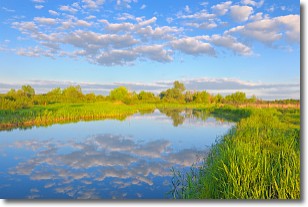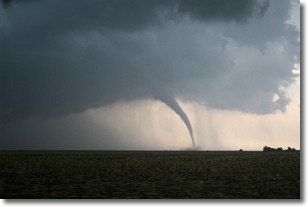Weather Alert in Iowa
Flood Watch issued July 11 at 8:59PM CDT until July 13 at 10:20PM CDT by NWS Quad Cities IA IL
AREAS AFFECTED: Johnson; Washington
DESCRIPTION: ...The National Weather Service in Quad Cities IA IL has issued a Flood Watch for the following rivers in Iowa... English River at Kalona affecting Johnson and Washington Counties. * WHAT...Flooding is possible. * WHERE...English River at Kalona. * WHEN...From late Saturday night to late Sunday evening. * IMPACTS...At 14.0 feet, Agricultural land along the river begins to flood. * ADDITIONAL DETAILS... - At 7:00 PM CDT Friday the stage was 5.6 feet. - Forecast...Flood stage may be reached early Sunday morning. - Flood stage is 14.0 feet.
INSTRUCTION: If you are in the watch area, remain alert to possible flooding. The next statement will be issued by Saturday evening at 900 PM CDT.
Want more detail? Get the Complete 7 Day and Night Detailed Forecast!
Current U.S. National Radar--Current
The Current National Weather Radar is shown below with a UTC Time (subtract 5 hours from UTC to get Eastern Time).

National Weather Forecast--Current
The Current National Weather Forecast and National Weather Map are shown below.

National Weather Forecast for Tomorrow
Tomorrow National Weather Forecast and Tomorrow National Weather Map are show below.

North America Water Vapor (Moisture)
This map shows recent moisture content over North America. Bright and colored areas show high moisture (ie, clouds); brown indicates very little moisture present; black indicates no moisture.

Weather Topic: What are Stratocumulus Clouds?
Home - Education - Cloud Types - Stratocumulus Clouds
 Next Topic: Stratus Clouds
Next Topic: Stratus Clouds
Stratocumulus clouds are similar to altocumulus clouds in their
fluffy appearance, but have a slightly darker shade due to their additional mass.
A good way to distinguish the two cloud types is to hold your hand out and measure
the size of an individual cloud; if it is the size of your thumb it is generally
an altocumulus cloud, if it is the size of your hand it is generally a
stratocumulus cloud.
It is uncommon for stratocumulus clouds to produce precipitation, but if they do
it is usually a light rain or snow.
Next Topic: Stratus Clouds
Weather Topic: What are Wall Clouds?
Home - Education - Cloud Types - Wall Clouds
 Next Topic: Altocumulus Clouds
Next Topic: Altocumulus Clouds
A wall cloud forms underneath the base of a cumulonimbus cloud,
and can be a hotbed for deadly tornadoes.
Wall clouds are formed by air flowing into the cumulonimbus clouds, which can
result in the wall cloud descending from the base of the cumulonimbus cloud, or
rising fractus clouds which join to the base of the storm cloud as the wall cloud
takes shape.
Wall clouds can be very large, and in the Northern Hemisphere they generally
form at the southern edge of cumulonimbus clouds.
Next Topic: Altocumulus Clouds
Current conditions powered by WeatherAPI.com




